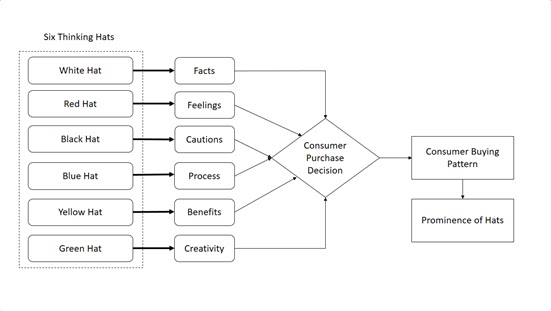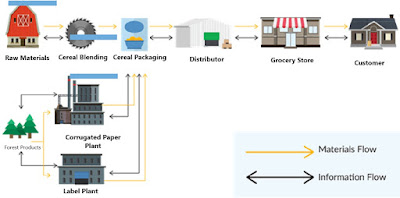Supply Chain
A supply chain is a network of individual functions within an organization that begins with the development of a strategic plan and ends with the delivery of a product or service. Those functions are listed below:
- Demand Planning
- Supply Management and Procurement
- Inventory Management
- Warehousing Operations
- Manufacturing and Service Operations
- Transportation Operations
- Customer Service Operations
- Demand Planning
- Supply Management and Procurement
- Inventory Management
- Warehousing Operations
- Manufacturing and Service Operations
- Transportation Operations
- Customer Service Operations
Transportation Operations
An appropriate way to understand the field of transportation operations is to consider the economic perspective: transportation involves the physical movement of people and goods between origin and destination points. From a business standpoint, transportation links partners and facilities that are separated geographically in a company’s supply chain, such as customers, suppliers, distributors, plants, warehouses, and retail outlets. Transportation also provides the links between diverse entities spread across the global supply chain and connects the supply chain by moving inventory with trucks, trains, planes, ships, and pipelines. Any combination of two or more of these modes to achieve a delivery requirement is called intermodal transportation.
Transportation operations involve ensuring the flow of inventory from points of origin in the supply chain to points of use and consumption. The three primary components in transportation operations are inbound, outbound, and reverse logistics. Inbound logistics supports the procurement of materials and goods from supplier locations, outbound logistics supports the distribution of materials and goods to customer locations, and reverse logistics supports product returns, recycling, reuse of materials, and waste disposal.
Transportation focuses on the timely movement of materials and products within and between organizations. In order to control costs, goods must move at the right time from the right place to the right place, while ensuring the correct product, quantity, and quality are ensured. When this is achieved, inventory is reduced, which reduces expenses. Transportation operations have grown in complexity because the options for multiple (intermodal) modes of transportation—air, rail, truck, sea—and their combination can vary daily depending on a number of factors: cost, values, dimensions, weights, time-definite delivery requirements, and other factors like hazardous or refrigerated cargo.
For today’s supply chain professional, it is essential to understand the roles of the different modes of commercial surface transportation (railways, road, water, pipeline), commercial modes of air transportation, and the selection criteria for operating carriers to move products in a cost- and time-efficient manner.
Reference: Warehousing Operations Certification Track. LINCS in Supply Chain Management Consortium. May 2016. Version: v2.22. www.LINCSeducation.org.
Reference: Warehousing Operations Certification Track. LINCS in Supply Chain Management Consortium. May 2016. Version: v2.22. www.LINCSeducation.org.
Fahad Mahmud
Lecturer (Technical), Department of textiles at SKTEC
Texpedi.com
Check out these related articles:







